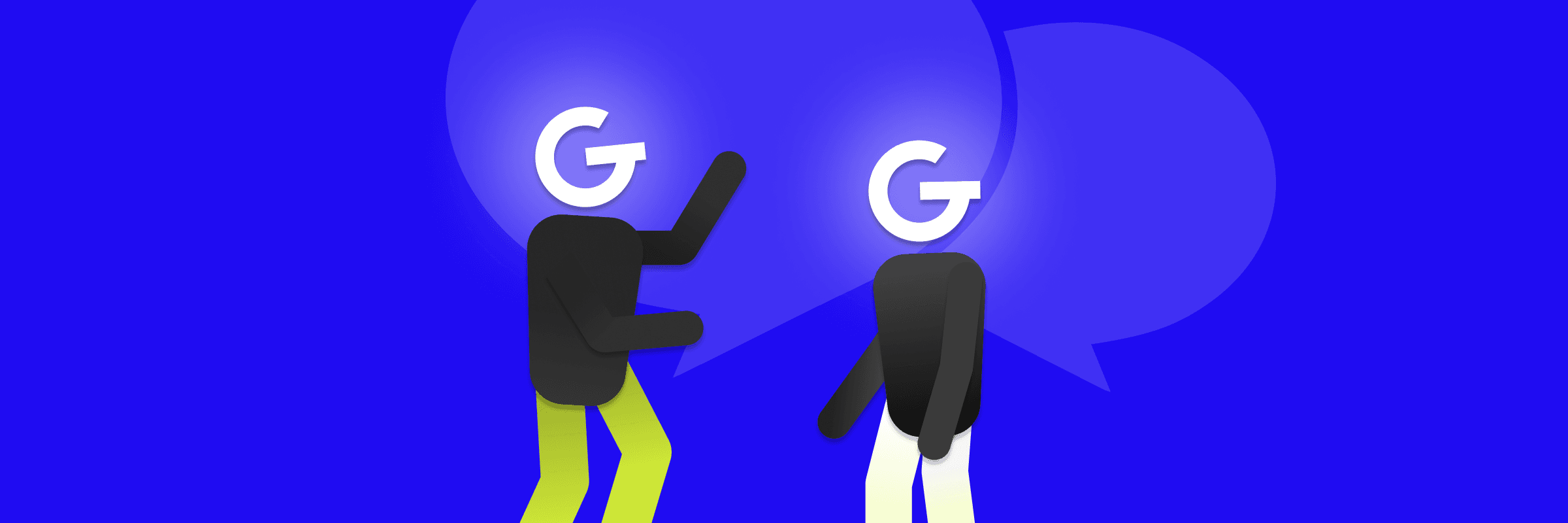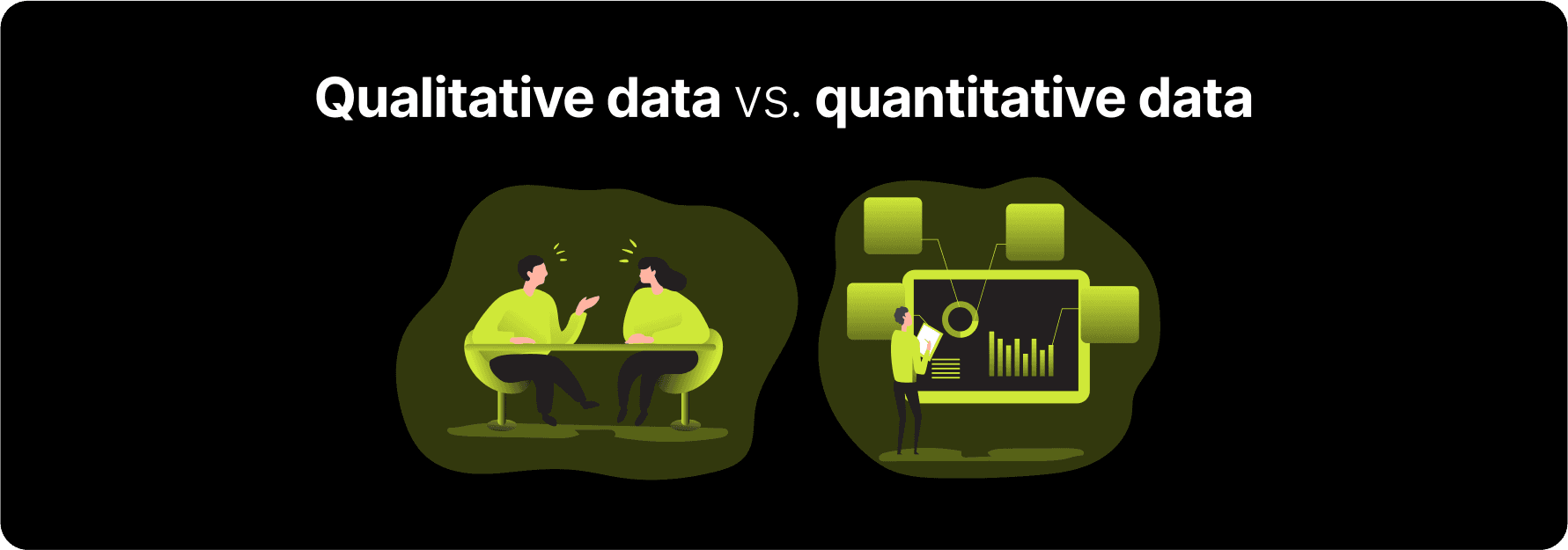
Year 2025 at GoodRequest

Companies that focus on their customers are on average 64% more profitable than their competitors. Customer centricity is about understanding and addressing the real needs of our customers. When we talk to a customer, we don't just gather feedback, we gain an in-depth understanding of their thoughts, behaviors, motivations and concerns. In this article, you'll learn why customer conversations are valuable to our product and how to approach them.


If you're building a house to last for generations, you need a solid foundation. That's why you study the terrain where you're going to build and design the foundation so that your house will last as long as possible. When we design a product, those foundations are our customer. The market for digital products is dynamic, new players are coming in and customers are gradually becoming more demanding. But how do we find out what the customer needs, how can we win them over and retain them in a world where demands, needs and expectations for quality are constantly changing? The best way is to talk to customers regularly and listen to them actively.
Customer data is key to our product strategy decisions. It's how we decide how to win customers, how to achieve customer satisfaction and how to win their loyalty. When we reach a certain number of loyal customers, we achieve steady sales, room for product development and a steady market position. When we look at customer data, we can divide it into 2 types that complement each other. Quantitative data such as statistics, counts and graphs about customers tell us who our customers are and how often they use our product. Qualitative data will develop the context of the situation, tell us why they are our customers and why they are using our product.

Customer interviews provide qualitative data. The empathy and knowledge gained will help us design a product that our customer will be happy with. However, the interviews and their meaning differ fundamentally according to the customer's steps in their customer journey. The customer journey is a sequence of steps that our customer takes from learning about the product, through the buying behaviour, during the first experience, to building brand loyalty. Each point determines whether the customer achieves loyalty or goes to a competitor.

Let's look at an example of a mobile flat rate customer journey. At the start of the journey is a customer who needs to communicate with friends without limitations, have internet connectivity, get a discount on their mobile phone and fit into their budget. First, he or she creates awareness of the products available in the market, then decides to buy a flat rate, tries it out and then decides whether to continue using the flat rate. To win the customer, we need to immerse ourselves in their situation every step of the way.
The customer decides to find a flat rate that fits their current needs. He searches for flat-rates on search engines, asks friends what they prefer or comes to the operator's brick-and-mortar shop for advice. This customer tells us what product he needs, when he wants to find out about it. Analyzing the behavior and preferences of potential customers will help us personalize our product and better target our marketing communications.

What we can find out from the customer:
How we will use it:
Once the customer has developed an awareness of the flat rate offerings, they begin to decide what flat rate suits them and why, before making a purchase. During their flat rate purchase, they compare and consider whether the flat rate suits them better than the competition, whether they will get a discount on a mobile device if they commit to it for a longer period, whether it meets their needs and whether they are willing to pay for our flat rate. Understanding our customer's buying behaviour and preferences will help us design a smooth and simple buying process.

We can find out from the customer:
How we're going to use it:
A flat rate customer started using prepaid minutes and data after purchase. He checks his current usage, monitors how much data he has used. He finds out whether or not he has stable data coverage. After a month, he gets his first invoice, where he finds out if he has overdrawn his flat rate and is paying something extra, or if something has been carried over to the next period.
After the initial experience with the product, the customer tells us how we have or have not met their initial expectations, what has been giving them problems and whether they will continue to use our product. Analyzing the customer's initial experience will help us optimize the path to trying the product and improve the first experience with our product.

What we can find out from the customer:
How we will use it:
After using the product for a few months, the customer has become accustomed to using the flat-rate package, continuous monitoring of consumption and automatic payment of monthly bills. By using the flat-rate for a long time, the customer's demands for reliability increase and at the same time he starts to wonder whether his current equipment is sufficient and whether he should get a new accessory.
A loyal customer reveals to us why he has decided to try our product repeatedly. We find out what product features - from price, features, content, offerings, branding, or rewards - kept them with our product. Understanding when and why a new customer becomes loyal will help us design a strategy to increase the number of loyal customers.

What we find out about the customer:
How we will use it:
Customer interviews are always a valuable way to gain knowledge. In the early days of business, every customer interview will bear fruit. But if you're working on a complex product where each change costs in the thousands to tens of thousands, it's important to put the interviews in the hands of experts.
Poorly executed interviews can give a distorted picture of our customers. This distorted picture will influence key decisions that impact the entire product strategy. Such decisions lead to reduced marketing performance, reduced product usage and a poorer customer experience. At the end of the day, the effect of decisions will show up in the overall costs and revenues of your business.

But the hardest thing about talking to a customer is the fact that we only have 1 shot at everything to get unadulterated reactions. It only takes 1 misstep and we run the risk of finding out something that is not honest, whole or true information. That's why customer interviews require expertise and experience.
Creating a product today requires more than basic market research. Understanding your customers is not just a mandatory journey, but a key pillar of your strategy. At GoodRequest, we have a team of UX specialists who design experiences for a wide range of customers and a range of different products. For example, we've interviewed customers on the following projects:
If you're dealing with a complex product, we recommend you understand your customer and your product's role in their lives in depth, but without study and experience, we don't recommend going it alone. You can very easily burn your time, energy and money. So if you need to optimize your customer journey and don't have the expertise you need, feel free to contact us and we'll be happy to help you optimize your customer experience.







